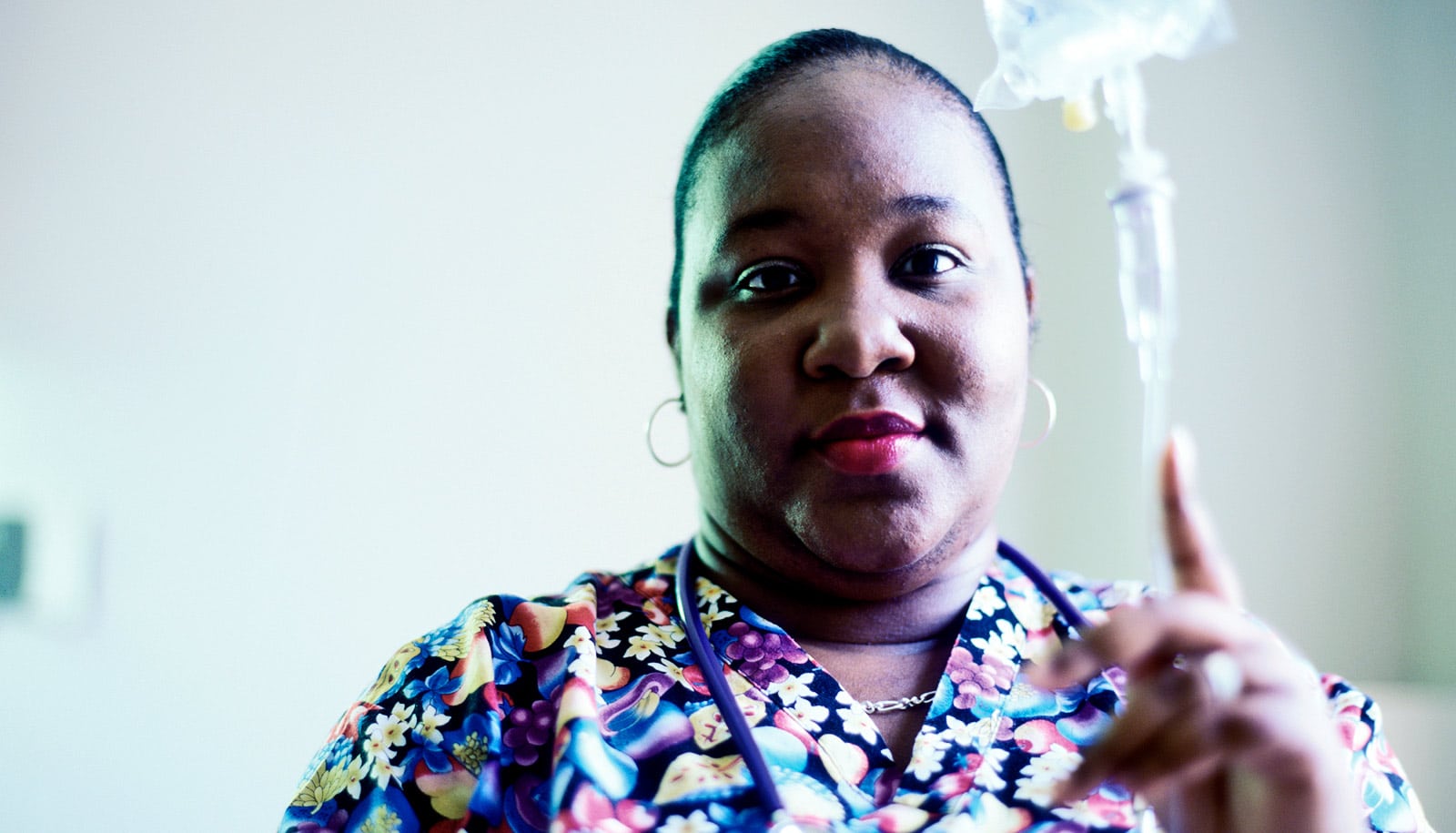Adults in the United States have a limited understanding of the basic duties that nurse practitioners and physician assistants can perform, according to a new study.
“Odds are, if you are a new patient and have been to ‘the doctor’s office’ recently for a primary care checkup, it might not have been a doctor you actually saw,” says Evan K. Perrault, assistant professor of health communication in the Brian Lamb School of Communication at Purdue University and lead author of the paper, which appears in the Journal of General Internal Medicine.
“As fewer medical students enter primary care as their specialties, other care providers like nurse practitioners and physician assistants are having to fill the void.”
Too few primary care docs
The Association of American Medical Colleges estimates that by 2030 there will be a shortfall of up to 49,300 primary care physicians in the United States.
Nurse practitioners and physician assistants are able to provide many of the same services to patients as primary care physicians, such as prescribing medications, Perrault says.
About one-third of the nearly 4,000 study participants surveyed, however, did not know nurse practitioners could prescribe medications and diagnose illnesses, and half of the participants had the same lack of knowledge regarding physician assistants.
“These findings are concerning because it is likely impacting people’s intentions to seek care,” says Perrault, who in a previous study found similar knowledge deficits among college students.
“Many college students indicated they would delay, or not seek care at all, if they were unable to be seen by a physician right away and could only be seen by a nurse practitioner or physician assistant,” he says.
More education
Perrault is working with health care organizations on ways to better educate prospective patients about the array of care providers they use through improvements to their online biographies—the most frequent place patients say they go to get information when choosing a new provider, he says.
“Health care systems don’t do that great of a job helping patients find providers with whom they’d be comfortable visiting,” Perrault says.
“Simple improvements to providers’ online biographies can make a big difference in changing not only these knowledge deficits, but also misperceptions people may have about the expertise levels of nurse practitioners and physician assistants,” he says.
Source: Purdue University


